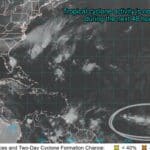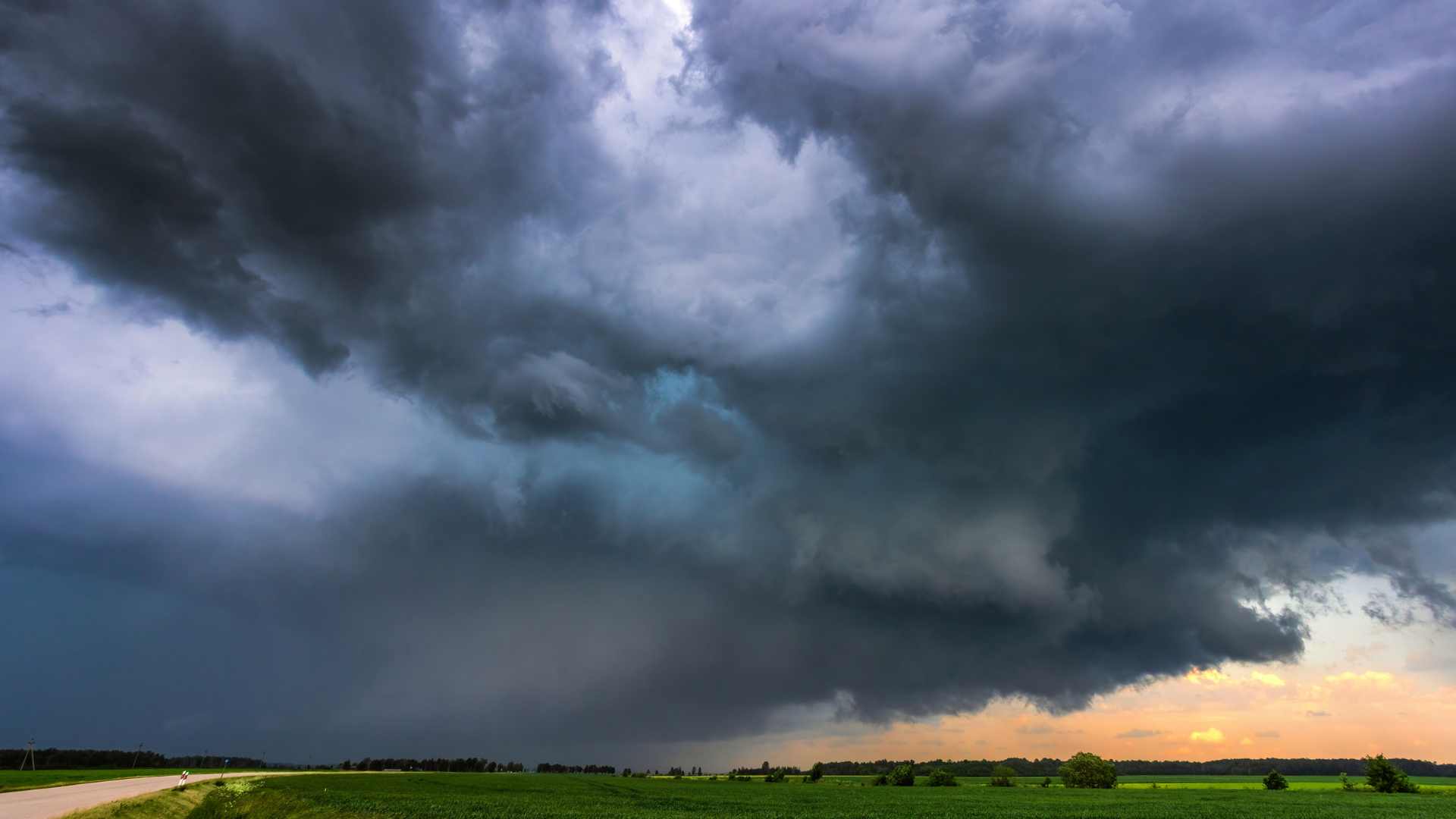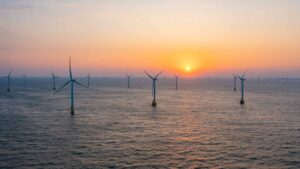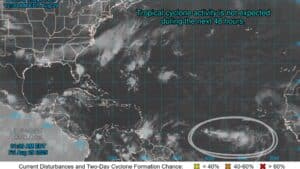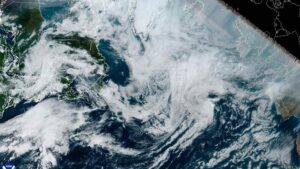
NHC monitoring new tropical wave in the eastern Atlantic
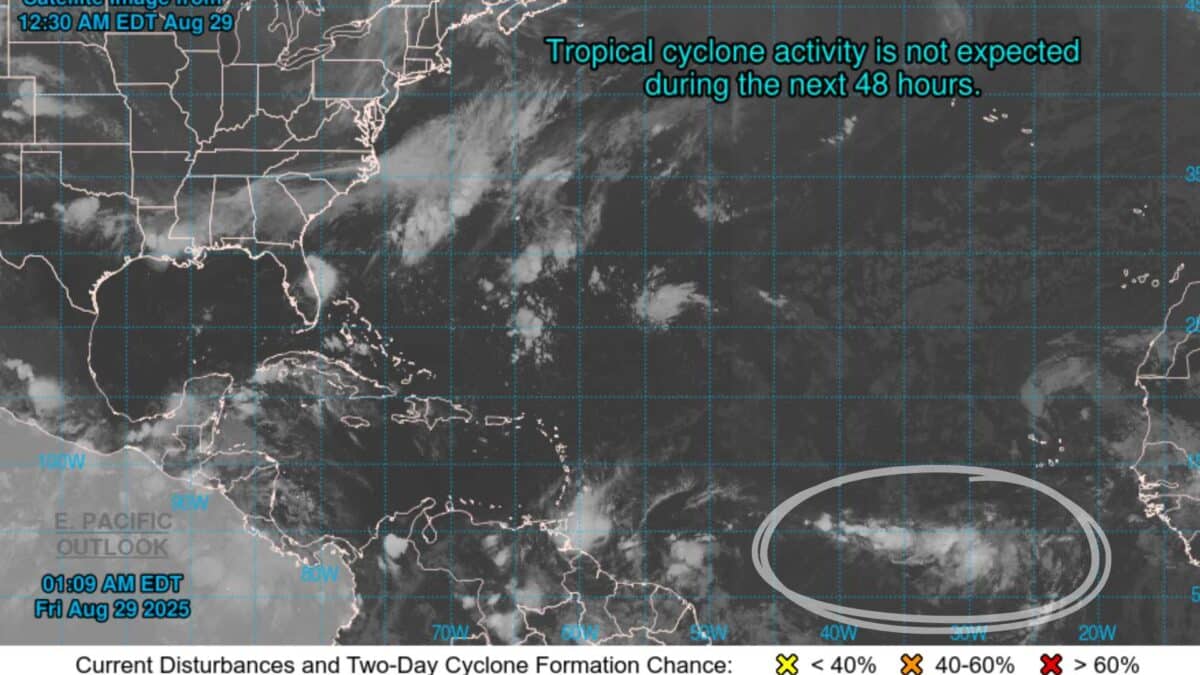
The US National Hurricane Center (NHC) is tracking a tropical wave expected to emerge off the west coast of Africa on Sunday.
Forecasters say environmental conditions could allow for slow development as the system moves west to west-northwest across the eastern and central tropical Atlantic next week at 15 to 20 mph.
The NHC gives the disturbance a 0% chance of formation over the next 48 hours and a 20% chance of development within seven days.
As of late August, the Atlantic hurricane season is progressing with activity slightly above the long-term average. The NHC has reported the formation of six tropical cyclones, all of which intensified into named storms. One of these storms strengthened into a hurricane and also became a major hurricane. The season’s Accumulated Cyclone Energy (ACE) index stands at approximately 39.3 units, which is 22% above the 1991–2020 average.
The season began on June 1 and will conclude on November 30. The first named storm, Tropical Storm Andrea, formed on June 23, which was later than the basin’s average first named storm date. After a nearly month-long period of inactivity, Tropical Storm Dexter developed on August 4 along a stalled front off the North Carolina coast before moving out to sea. Hurricane Erin formed near Cape Verde on August 11 and traversed the Atlantic, intensifying into a Category 5 hurricane near the northern Leeward Islands on August 16. It then brought rain, wind, and rip currents to Puerto Rico, Turks and Caicos, the Bahamas, and the East Coast of the United States, while remaining offshore. Shortly after Erin became extratropical, Tropical Storm Fernand formed in the open Atlantic, southeast of Bermuda.
The National Oceanic and Atmospheric Administration (NOAA) had forecasted an above-normal season, predicting 13 to 19 named storms, including 6 to 10 hurricanes, with 3 to 5 of those becoming major hurricanes. This forecast was based on factors such as elevated ocean temperatures and La Niña conditions.
Looking ahead, the season is expected to remain active, with peak activity typically occurring from mid-August to mid-October. Residents in hurricane-prone areas should continue to monitor official forecasts and be prepared for potential impacts.
Share this WeathÉire story:
